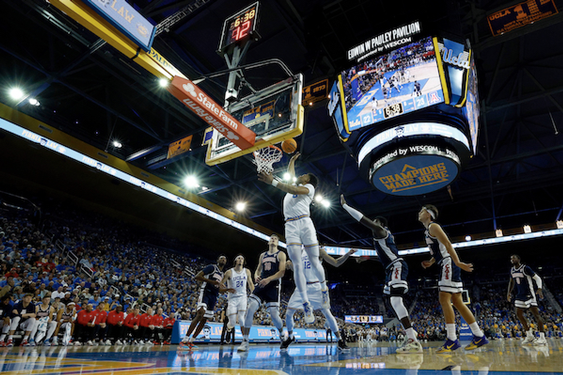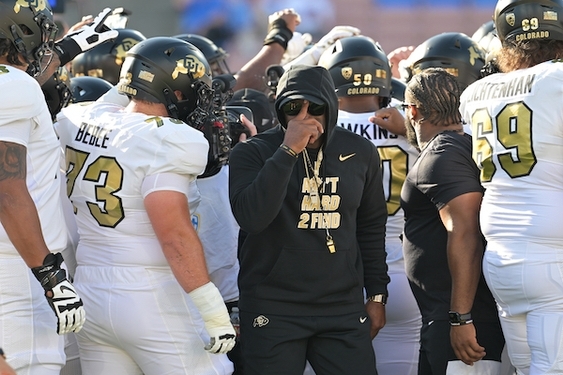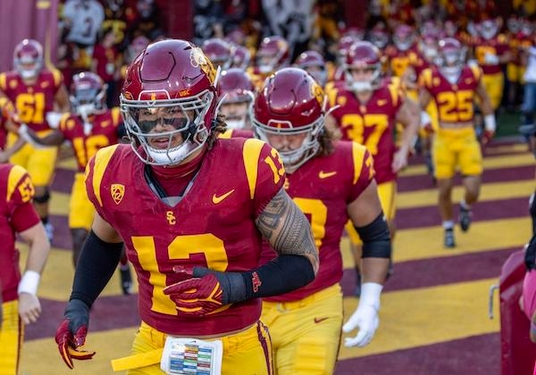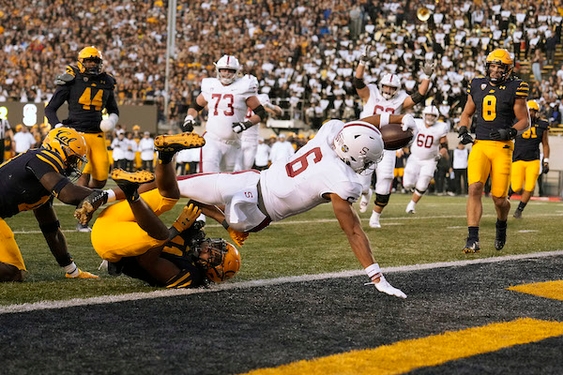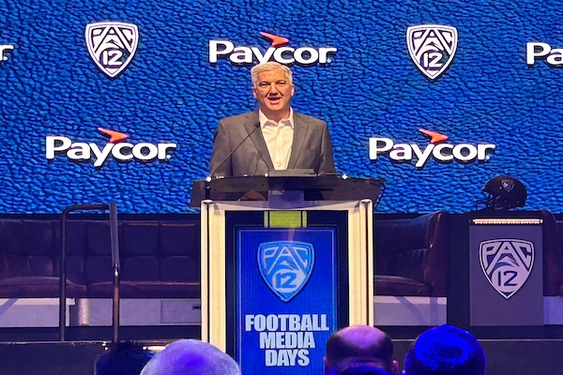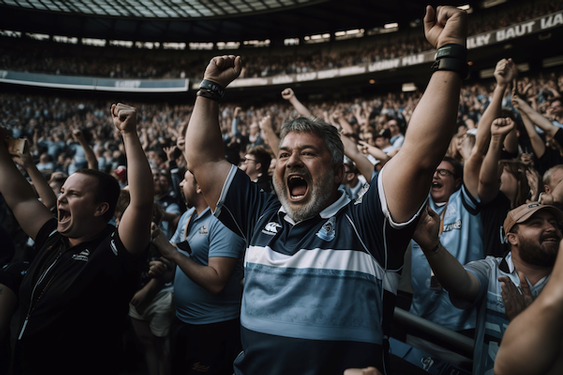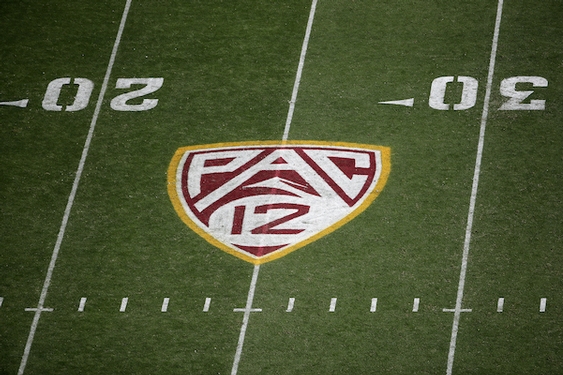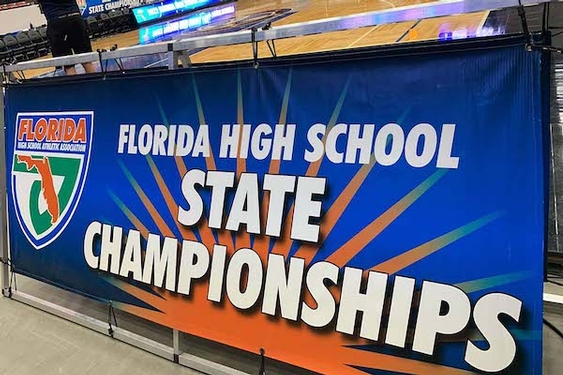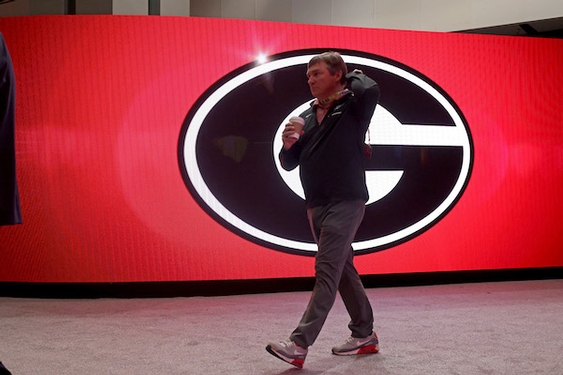WASHINGTON — The Knight Commission on Intercollegiate Athletics on Monday held a meeting that took a broad look at what might improve life for college athletes, everything from longer scholarships and extra academic support to care for concussions, depression, and drug and alcohol abuse.
The airing of ideas comes at a time when college sports is under pressure over questions of whether high-profile student-athletes should get some of the revenue from TV broadcasts and other uses of their names or images. Panelists and members of the commission spoke about an urgency in finding better ways to treat athletes.
“It’s like being ‘Present at the Creation,’ ” said Oliver Luck, the director of athletics at West Virginia University, with a nod to the title of former Secretary of State Dean Acheson’s memoir.
The scandal at the University of North Carolina at Chapel Hill over no-show classes with large numbers of athletes wasn’t mentioned. But participants discussed the extra tutoring and help that some athletes need.
“Folks forget how many first-generation student-athletes there are at any big public university,” Luck said. He argued that they needed help with any academic weaknesses and help preparing for other careers. “A good bit of our revenue” goes to creating that support network, he added.
Luck suggested giving students who put in four or five years of great effort in college sports lifetime scholarships, including graduate or professional school. He also called for an end to midweek games that require athletes to travel and miss several days of school, just so the networks can have weekday games to televise live.
Noting that very few student-athletes will turn pro, Luck said, “We need to prepare our kids for success, and that means academic success in the universities.”
Mike Gilleran, the executive director of the Santa Clara University Institute for Sports Law and Ethics and a former commissioner of the West Coast Conference, said he’d helped write a paper about paying athletes on top men’s football and basketball teams. The report noted that Stanford University paid the founders of Google for their inventions while they were students, and suggested a parallel with student-athletes.
“We fully realize we don’t have all the answers,” Gilleran said, adding that lawsuits probably would shape what happens.
“It’ll be fascinating to see where we go in the next decade,” he said.
William E. “Brit” Kirwan, a co-chairman of the commission and the chancellor of the University System of Maryland, said he didn’t foresee a shift to paying student-athletes. That could lead to bidding wars, or colleges paying pro-like salaries to students the way they do for coaches, he said, adding that money could be redirected instead to give them better benefits.
Henry Bienen, a former president of Northwestern University and a member of the Knight Commission, said the costs of giving greater benefits to student-athletes would put some major universities in the red.
“I just think it’s wishful thinking, frankly,” he said. “I don’t think you’re factoring in the real costs.”
Another commission member said he’d like to see athletes guaranteed scholarships and health care for injuries.
“Let’s talk about the way we can cut costs rather than ways we can raise more money,” said Charles Young, a former president of the University of Florida and former chancellor at the University of California, Los Angeles.
Collegiate athletics, he said, “can always spend all the money it gets” on coaches’ salaries, more trainers and better facilities, while the “percentage going to students is smaller every year.”
Earlier in the meeting, the NCAA’s chief medical officer, neurologist Brian Hainline, said the NCAA was in the first year of a three-year, $30 million study, announced in May, that will give preseason evaluations and monitor athletes who get concussions. About 37,000 students will be studied.
Hainline said he didn’t know whether a better understanding of concussion would lead to the conclusion that football is such an aggressive contact sport that it shouldn’t be played, even when rules for good “brain health” were enforced. Other sports also bring risks of concussion, including wrestling and ice hockey, he said.
Hainline said alcohol abuse was an even bigger problem.
“It really is a monster,” he said. “Concussion, that was tough. But I lose sleep over alcohol.”
Marijuana use has been steady, but prescription opiate use is going up, the NCAA medical chief said. He said one manifestation was “pharming parties” on campuses, where students brought Valium, Percocet and other drugs, put them in a hat and downed them with shots of tequila.
A University of Michigan student manager of the football team died over the summer after taking Adderall, a psychostimulant prescribed for attention deficit disorder, with alcohol, said commissioner Andrea Fischer Newman, a member of the University of Michigan Board of Regents.
News reports in July said the student, Josh Levine, 22, was found unconscious on a sidewalk in Chicago and died a day later. NCAA task forces are looking at doping, alcohol and recreational drug use, and sudden cardiac death, the second cause of death among student-athletes, after accidents.
———
©2014 McClatchy Washington Bureau
Visit the McClatchy Washington Bureau at www.mcclatchydc.com
Distributed by MCT Information Services




